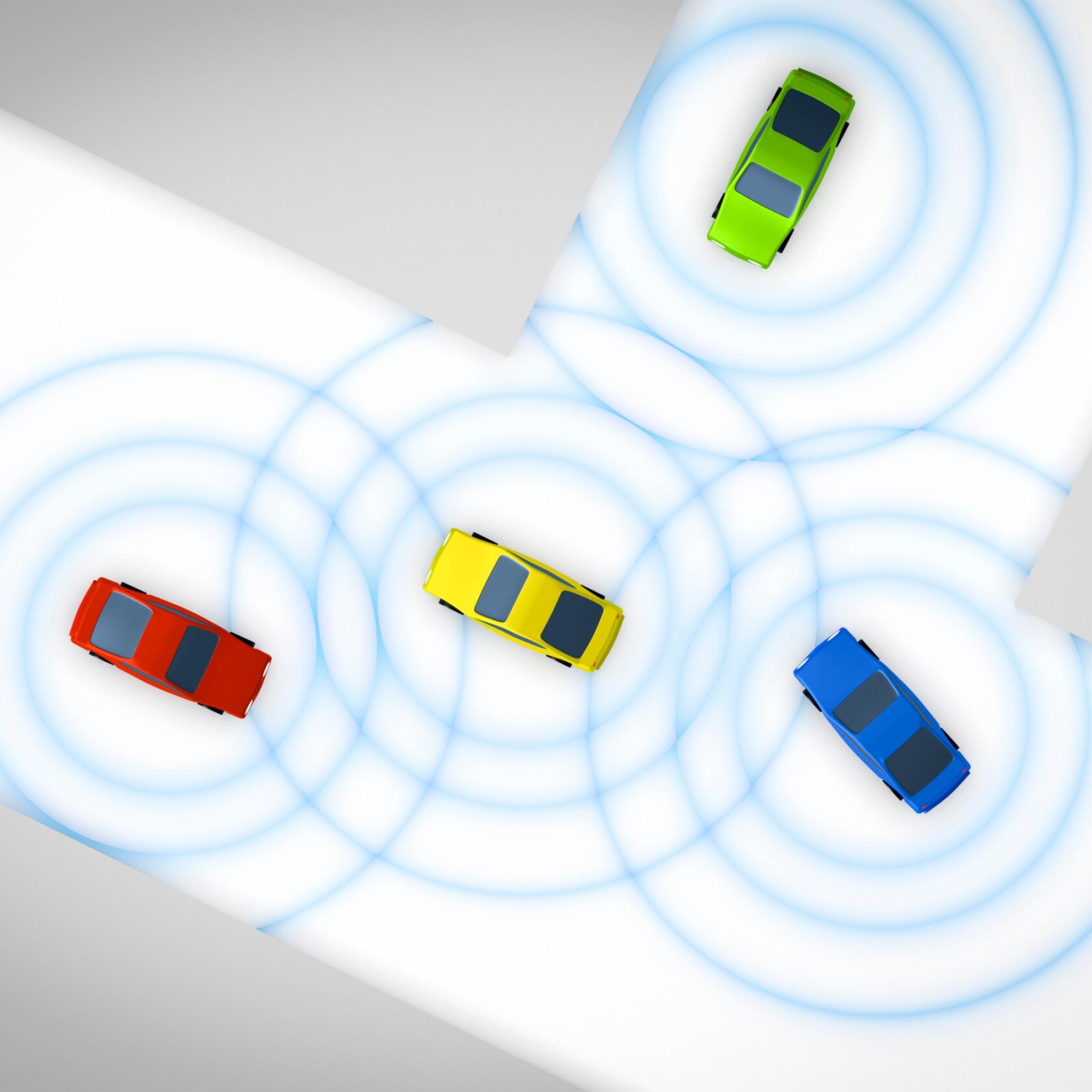
Autonomous vehicles have been hailed as the solution to overcrowded roads and their impact on America’s aging infrastructure. However, recent accidents involving automated vehicles have some wondering if having less cars on the road is a better long-term approach. As it turns out, the world’s top automaker might be developing technology that will take cars off the road, literally.
Toyota has filed at least two patents related to flying car technology. It wants to “provide operators with expanded private travel options” by enabling aerocars that can smoothly transition from land mode to flight mode. In December 2014, Toyota applied for a patent on a shape-morphing fuselage for an aerocar. The application, made public by the United States Patent and Trademark Office in June 2016, discloses a fuselage constructed from flexible frame components and a tensile skin. An actuation system expands the fuselage to safely house foldable wings in land mode, then contracts the fuselage after the wings are deployed to improve flight-mode aerodynamics. According to Toyota, this improves fuel economy and visibility compared to older embodiments in which the wings folded against the fuselage during land mode.
Toyota certainly isn’t the first automaker to envision a flying car. Henry Ford is attributed to proclaiming in 1940, “Mark my words: a combination airplane and motorcar is coming. You may smile, but it will come.” Despite Ford’s confidence, decades later we have yet to see cars flying anywhere but on the big screen.
Even so, 1980’s-era pop culture is not the earliest evidence that drivers want to leave potholes and rude motorists behind by taking to the skies. Patents on various embodiments of the flying car have existed for over a century. And despite long-held enthusiasm for flying vehicles throughout more recent decades, the flying car hasn’t yet taken off. This is all despite the best efforts of forward-thinking companies like Terrafugia and Slovakia-based AeroMobil.
So is there reason to believe we might see a flying Camry in the not-too-distant future now that Toyota is making its footprint in the flying car arena? Likely not, say industry experts. There are still regulatory hurdles to overcome, as well as the need for separate infrastructure dedicated to take-off and landing.
And, of course, there are technological hurdles. Although industry enthusiasts have noted the absence of propulsion means in Toyota’s recent patent application, it is conceivable that Toyota is working on it. Rival automaker Honda, after all, delivered its first jet late last year. Toyota has led the automotive industry in issued patents over the last eight years. And, propulsion is currently the most active subject matter for automotive patent filings. Is it possible that one or more of those filings are related to Toyota’s aerocar development? If so, maybe the Japanese auto giant’s concept of the flying car will soon get off the ground.
Please note Foley Summer Associates, Michael L. Jespersen and Abbi M. Jankowski, were the authors of this post. The Dashboard Insights team thanks them for their contributions.